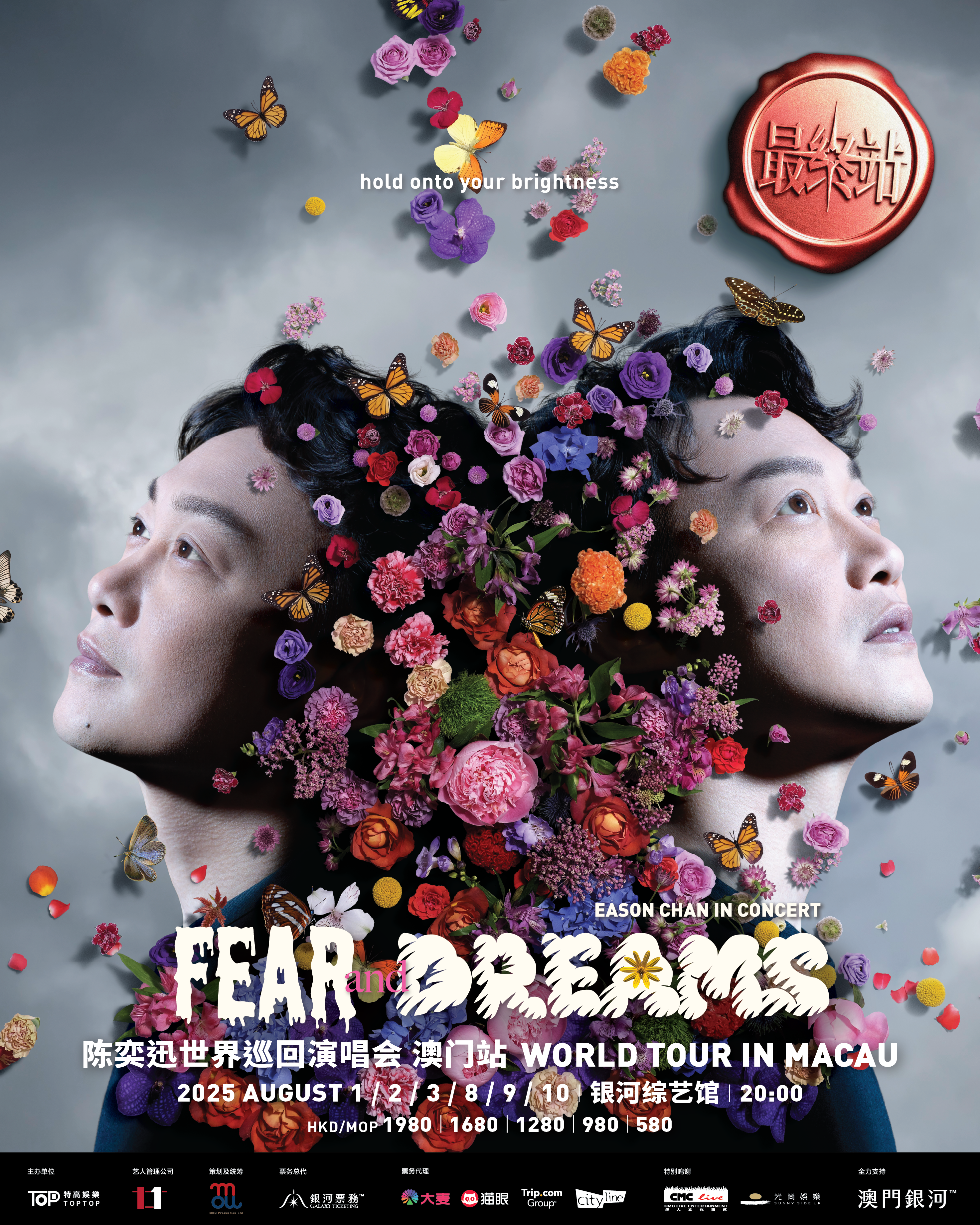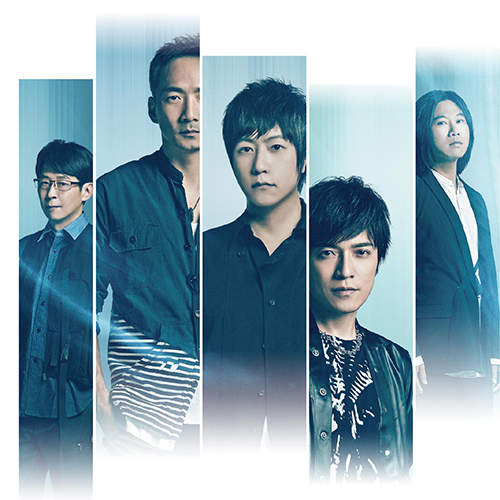Recent Searches
Popular Attractions
Melbourne
Sydney
Gold Coast
Phillip Island
Brisbane
Featured Events in Tokyo in August 2025 (July Updated)
Are you interested in Tropical Palm Tree Paint Night?
245 people have participated in this
poll
Yes
No




50%



50%
Type
Location
Event Status
Popularity
Start Time
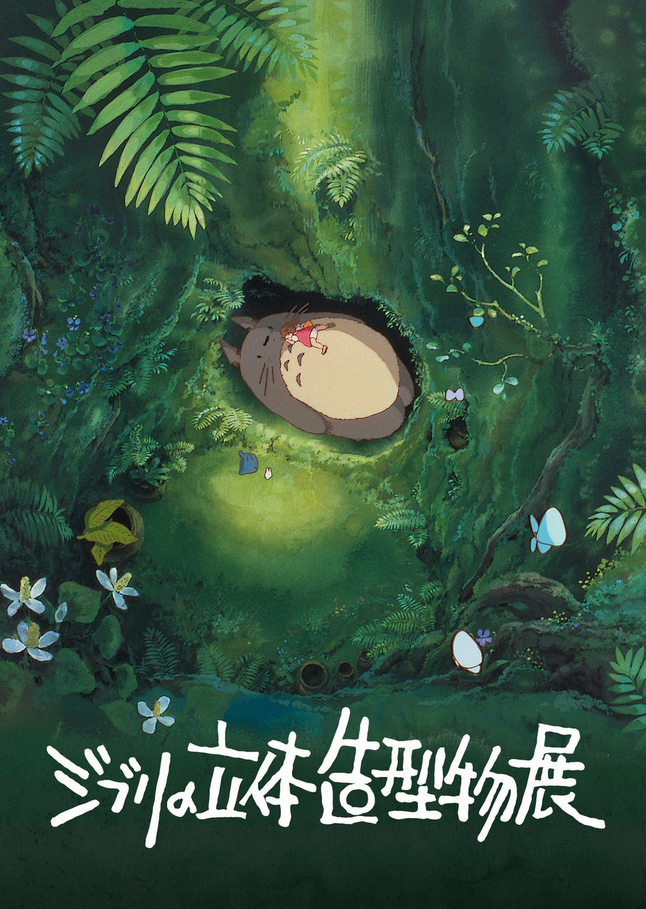
Ghibli 3D sculpture exhibition | Warehouse TERRADA B&C HALL
The Ghibli 3D Modeling Exhibition, which explores the appeal of Studio Ghibli works, will be held at Warehouse Terada B&C HALL/E HALL in Tennoz, Tokyo from Tuesday, May 27th.
Studio Ghibli works, including the movie "How Do You Live?", which has been released in over 80 countries and regions, are now being watched all over the world. Behind the scenes, there were people in each country and region who loved the works and tried to spread them over a long period of time. This exhibition will introduce famous scenes from the movies through 3D models, tracing how overseas partners distributed the works. The 3D Modeling Exhibition is the origin of the full-scale Studio Ghibli exhibition that began in 2003, and will return to Tokyo after 22 years of evolution.
Of particular interest is the Savoia S-21 flying boat that appears in the movie "Porco Rosso". The impressive flying boat, created based on the assumption that it "really existed," will look like it is about to take off from Warehouse Terada at any moment.
The event will run from May 27th (Tuesday) to September 23rd (Tuesday, national holiday). The "Ham Ramen" that was on sale at the "Friday Road Show and Ghibli Exhibition" two years ago and became a hot topic will be back at the water facility "T-LOTUS M" next to the venue. In addition, tickets will be sold in combination with the Ghibli Museum in Mitaka and tickets linked to hotel accommodation plans.
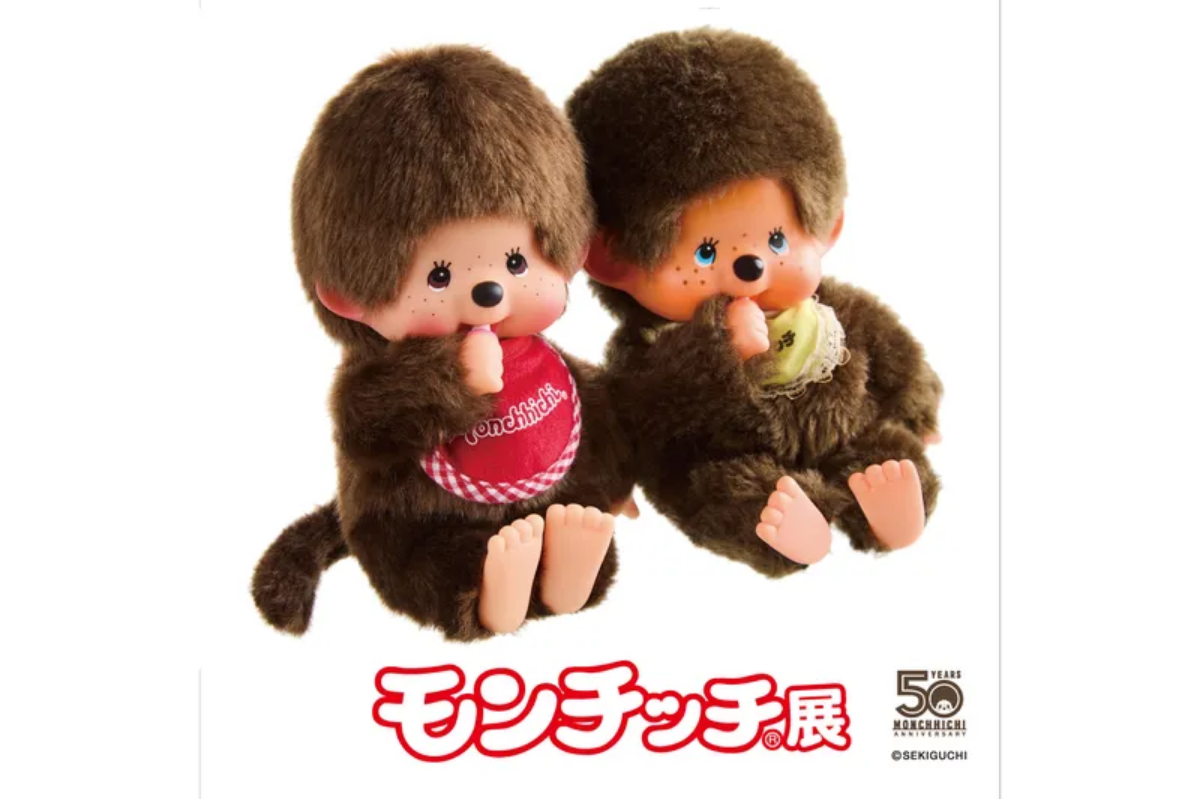
Monchhichi® Exhibition | Matsuya(Ginza)
Monchhichi is a cute stuffed animal with a pacifier pose and freckles that was released by Sekiguchi in 1974. The originality and cuteness of the plush toy's body and soft vinyl face and limbs caused an explosive boom upon its release. The following year, Monchhichi was exported overseas, and it became popular all over the world. After that, sales were temporarily suspended outside of Paris in 1985, but due to the requests of many fans, it was re-released in 1996. It has changed with the times, and continues to be loved by fans around the world, celebrating its 50th anniversary in 2024. This exhibition will display past stuffed animals and valuable materials. Many commemorative goods will also be sold at the merchandise sales venue. This is an exhibition where you can enjoy the world of Monchhichi.
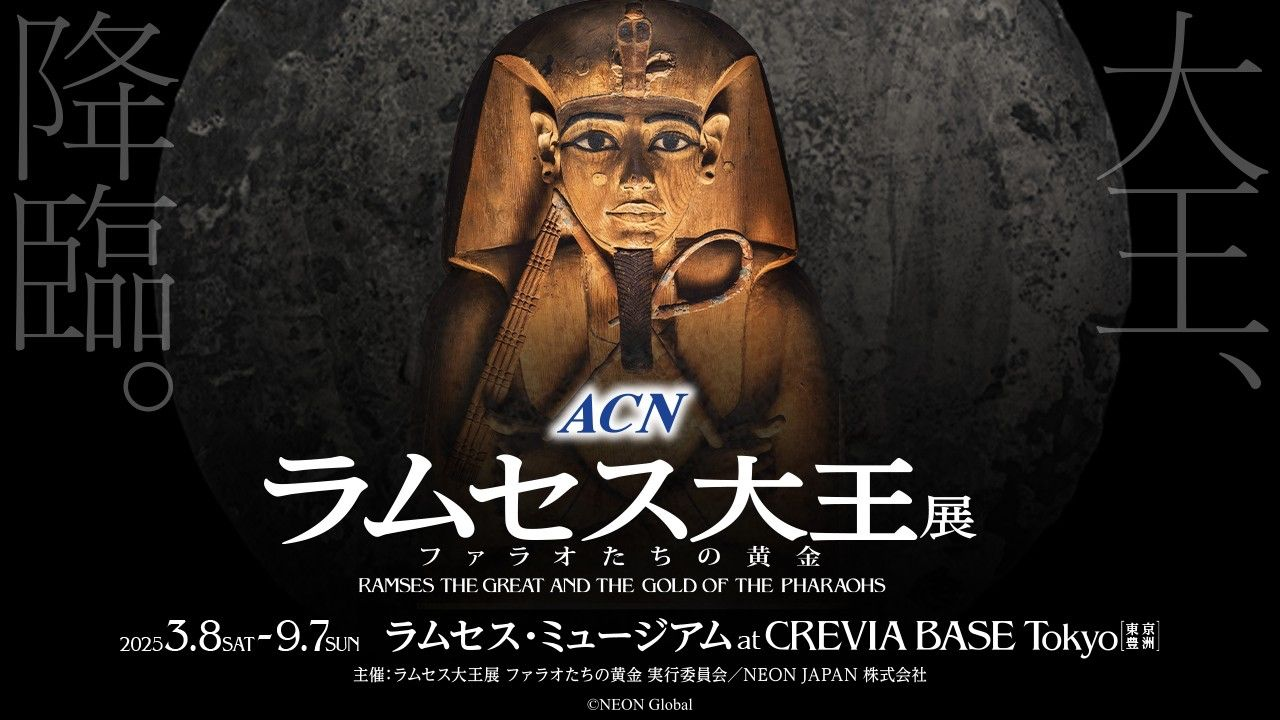
ACN Ramses the Great and the Gold of the Pharaohs | Tokyo
Ramses The Great and the Gold of the Pharaohs will feature 183 pieces of rare artefacts from ancient Egypt that focus on the almighty pharaoh, Ramses The Great and it will be the largest collection of artefacts on Ramses II to ever leave Egypt. This spectacular exhibition will also boast the FIRST ever virtual walkthrough of Ramses II’s famous temples as well as a full-length documentary ever produced on Ramses II’s tomb.
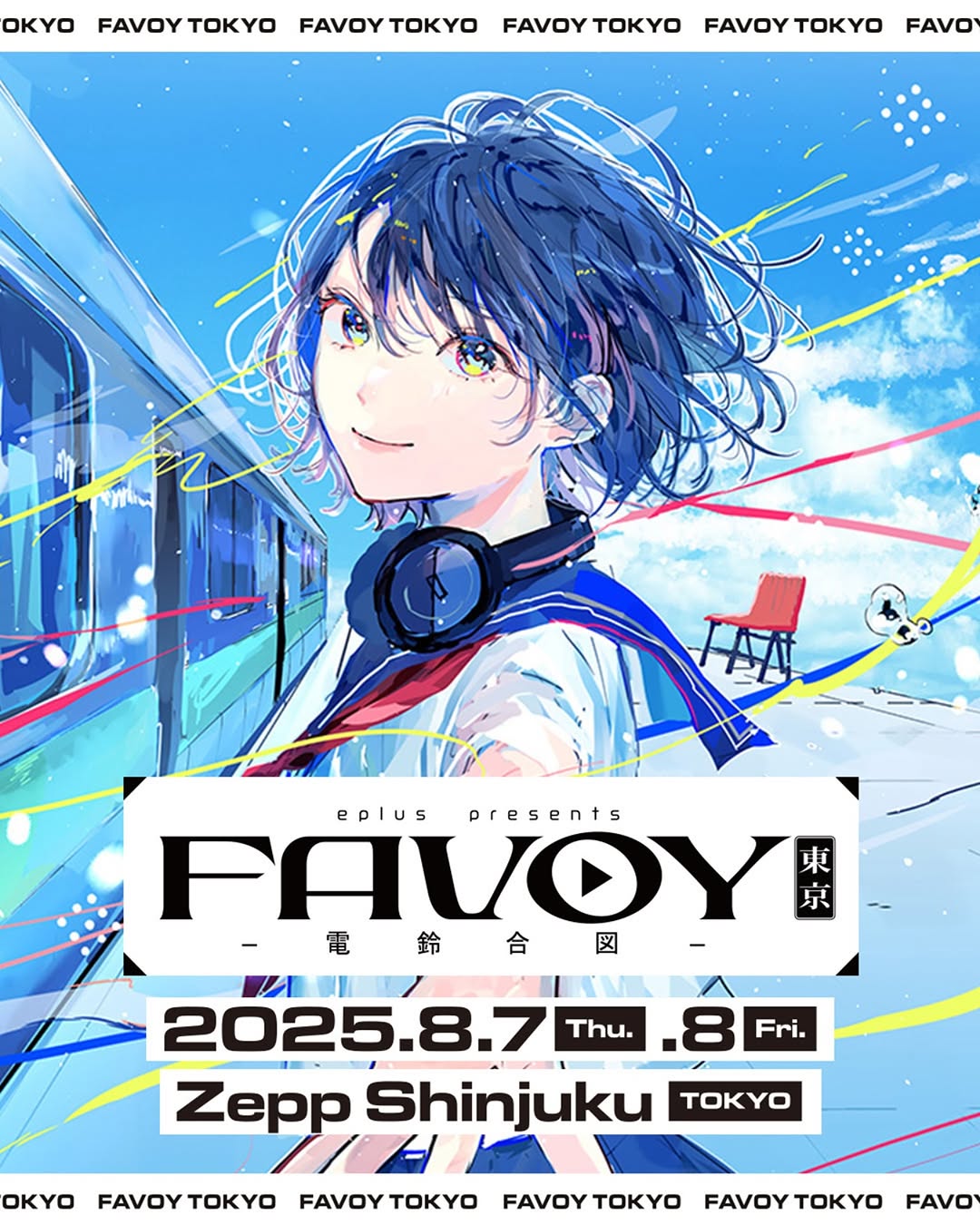
FAVOY TOKYO | Zepp Shinjuku (TOKYO)
Japanese ticketing giantePlushas announced the launch ofFAVOY, a new project dedicated to online music culture, alongside an upcoming live event featuring some of the scene’s most notable artists.
Over the past decade, online music has evolved into a dominant force in the mainstream, with viral hits shaping global music trends. However, the landscape remains diverse, with Vocaloid producers, cover singers, Vtubers, and various digital artists each contributing their own distinct styles. Recognizing this, FAVOY aims to create unique live experiences by bringing together artists who have never shared a stage before, using ePlus’ extensive ticketing data to curate unprecedented collaborations.
The nameFAVOYcombines “Fave,” a term widely used in international youth culture to express admiration for favorite artists, a slang term popularized on Japanese social media in the 2010s meaning “to like” or “favorite” a post. The project seeks to offer fans a chance to experience their favorite artists beyond the digital space while discovering new talent in a live setting.
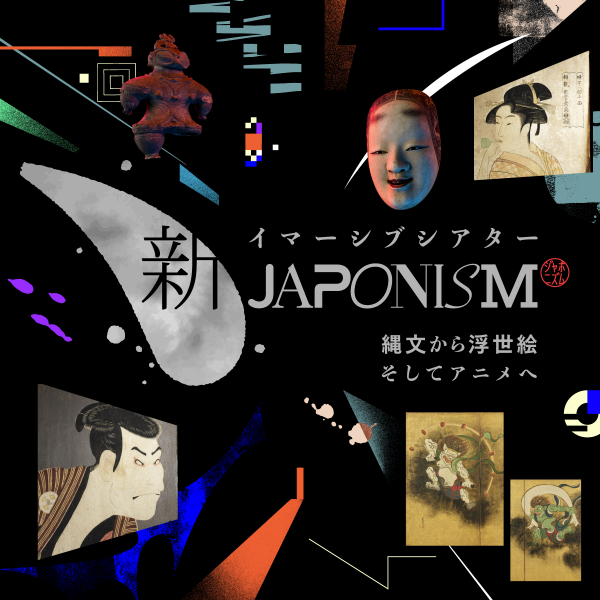
Immersive Theater on Neo-Japonism: From Ancient Art to Anime | Tokyo National Museum
For millions of years, unique aesthetics have been born on the islands of Japan and have been passed down from generation to generation.
From Jomon earthenware, Haniwa, Erika, armor, and ukiyo-e, to the popular anime that has taken the world by storm, this is an immersive theater that combines NHK's high-definition video technology with “New Wafuism”.
The New Wafuism Theater is an immersive theater that incorporates NHK's high-definition video technology.
In the theater, you will be able to experience Japanese culture through a time-traveling journey with national treasures and important cultural properties of the Tokyo National Museum.
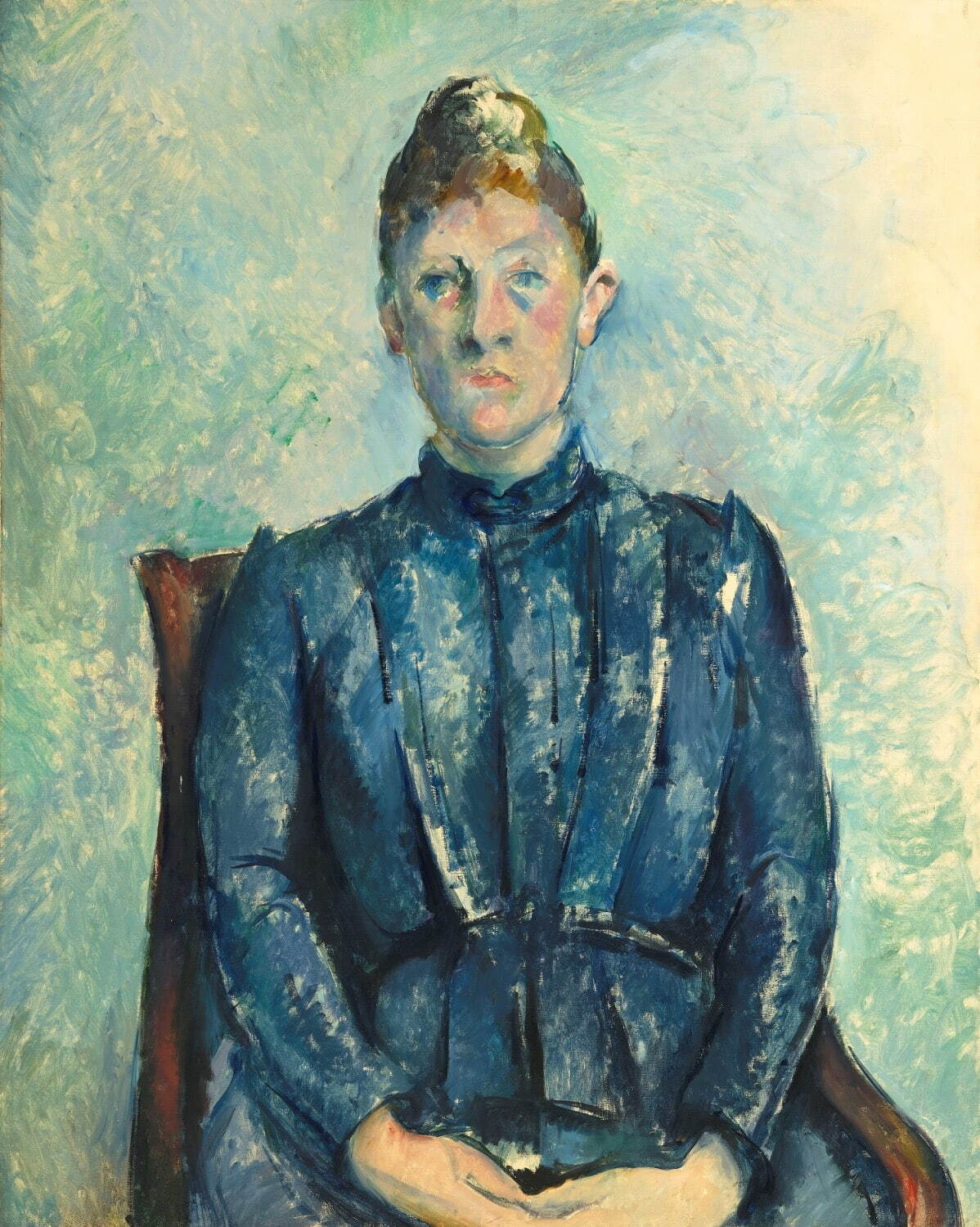
Renoir / Cézanne – Pioneers of Modernity | Mitsubishi Ichigokan Museum
This is a touring, international exhibition designed and organised by
the Musée de l'Orangerie in Paris, France, focusing together, for the
first time, on two Impressionist/Post-Impressionist painters, Renoir and
Cézanne.Featuring masterpieces like Renoir’s “Two Young Girls at the
Piano” and Cézanne’s “Portrait of the Artist’s Son”, the exhibition
explores the origins of modern art through approximately fifty works,
including portraits, still lifes, and landscapes by these two great
masters, as well as pieces by Picasso, who was influenced by
them.Realised through cooperation between the Musée de l'Orangerie and
the Musée d'Orsay, the exhibition travels the world, showing in Milan,
then Martigny (Switzerland) and Hong Kong, before appearing at
Mitsubishi Ichigokan Museum, Tokyo, the only Japanese venue for the
show.We hope that audiences will delight in the connections between
Renoir and Cézanne, and in the extraordinary artistic expression of
these two great masters who produced such unconstrained and diverse work
on the eve of the birth of modern art.
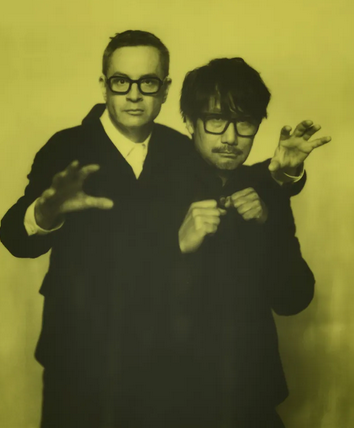
Satellites: Nicolas Winding Refn and Hideo Kojima | Tokyo
Japanese game auteur Hideo Kojima, the mind behind Death Stranding and the Metal Gear series, has revolutionised interactive storytelling with his cinematic sensibility. Danish director Nicolas Winding Refn, celebrated for Drive and Only God Forgives, is known for his stylised, meditative explorations of violence and human nature. Bound by mutual respect and a fascination with the convergence of their mediums, the two artists share a decade-long friendship that has sparked artistic collaborations across film and video games. The two visionary creators now reunite in Tokyo for an ambitious installation. From April 18 to August 25, Prada Aoyama hosts ‘Satellites: Nicolas Winding Refn with Hideo Kojima’, an exhibition that invites visitors into a retro-futuristic space where Refn and Kojima appear across six exposed television screens together shaped like a spaceship, engaging in dialogue on identity, death and creativity.The journey continues in an adjacent dressing room filled with cassette tapes, interweaving AI-translated soundbites and film soundtracks, allowing guests to craft their own narrative from fragments of conversation. Blurring the lines between analogue and digital, film and games, ‘Satellites’ explores human connection in an age of technological fusion.
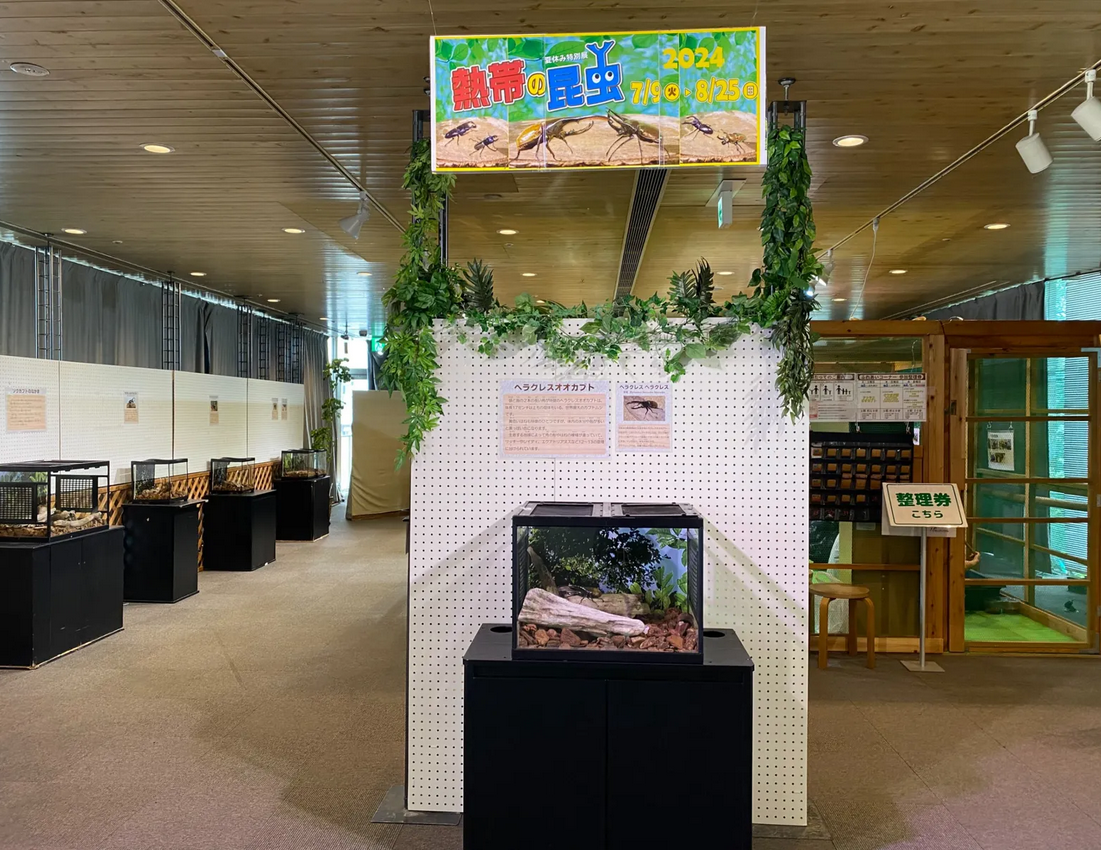
Summer Vacation Special Exhibition: Tropical Insects 2025 | Itabashi Botanical Garden
The mysterious world of insects expands when you see and touch them. Interaction Corner
You can touch large beetles such as the Hercules beetle, the white beetle, and the Caucasus beetle, for a total of 12 species.
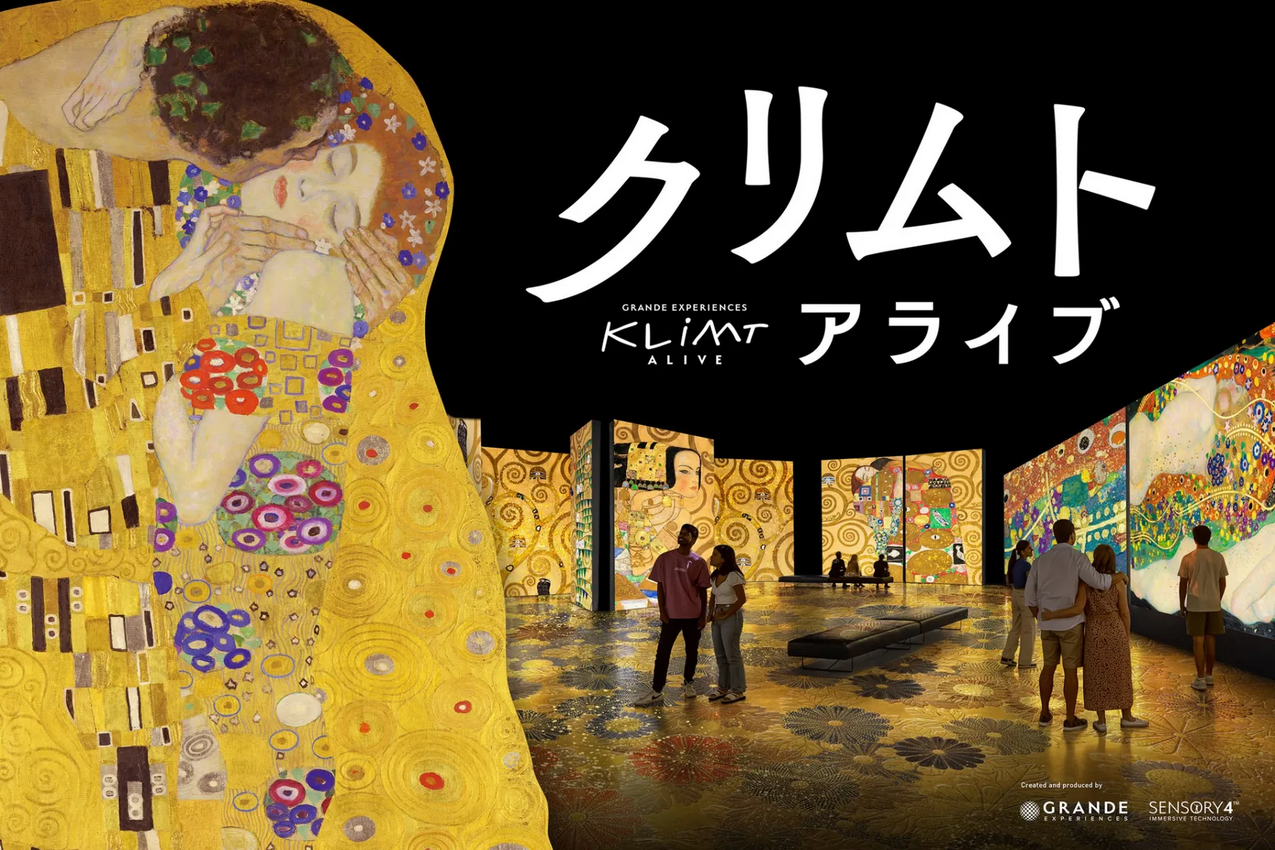
Klimt Alive Tokyo Exhibition | Nihonbashi Mitsui Hall
The world's first immersive exhibition "Klimt Alive" will be held, where you can travel through a golden world.
This long-awaited new work was planned and produced by Grande Experiences, an Australian planning company that has been highly praised for its fascinating storytelling and innovative exhibition methods, and has been involved in immersive exhibitions such as "Van Gogh Alive" and "Monet & Friends Alive". Grande Experiences has held more than 280 exhibitions in more than 200 cities on six continents, attracting more than 25 million people.
This exhibition will feature a giant screen set up in a large, pitch-black space 7 meters high. Amidst the light, color, sound and scent, Klimt's masterpieces, including "The Kiss", "Judith", and "Death and Life", will be projected one after another across the entire venue. You can enjoy an experience of being captivated by Klimt's gorgeous decorativeness and sensual beauty while immersing yourself in the classical music that plays along with the images. Photography and video are permitted in all exhibition rooms. You can capture your own glamorous Klimt world on camera.
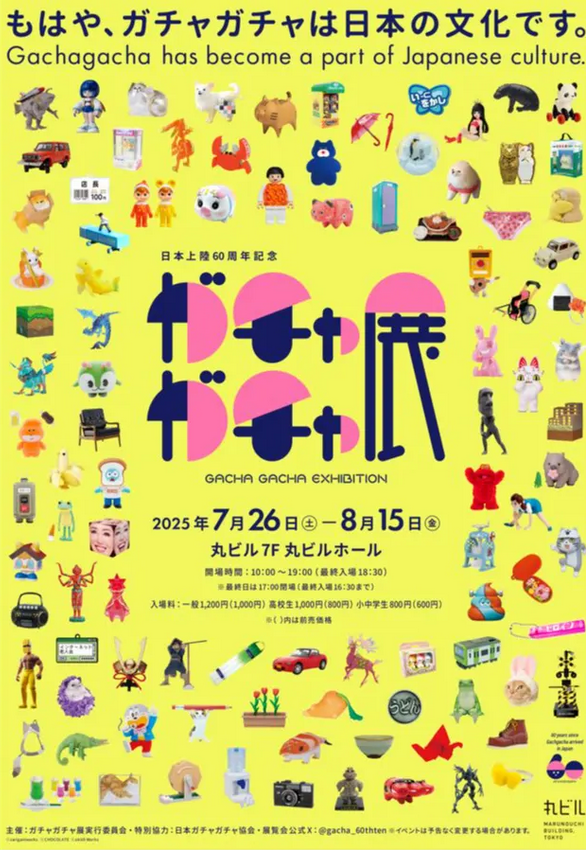
Gachagacha Exhibition | Tokyo
60th Anniversary Gachagacha Exhibition to be held!
Gachagacha were imported from the US to Japan in 1965, and this year marks the 60th anniversary of their arrival in Japan. The mechanism remains the same: insert money, turn the handle, and a toy in a capsule comes out, but the quality of the products is high and the selection is wide, and people are fascinated by items that at first glance seem practical. Gachagacha has also grown rapidly from a business perspective. Gachagacha, which has developed uniquely in Japan and is rare around the world, is currently in its fourth boom, and is enjoyed by people of all ages and genders, especially adult women.
This exhibition will display the gems of each company that contributes to the cultural development of Gachagacha, and will dissect the fun of Gachagacha. The insatiable spirit of inquiry of people who give shape to their creations, high-quality and elaborate miniature products, and hilarious products full of humorous elements will be systematically exhibited, and the fun of Gachagacha, which is accepted and needed by modern people, will be unraveled. Why not take this opportunity to visit?
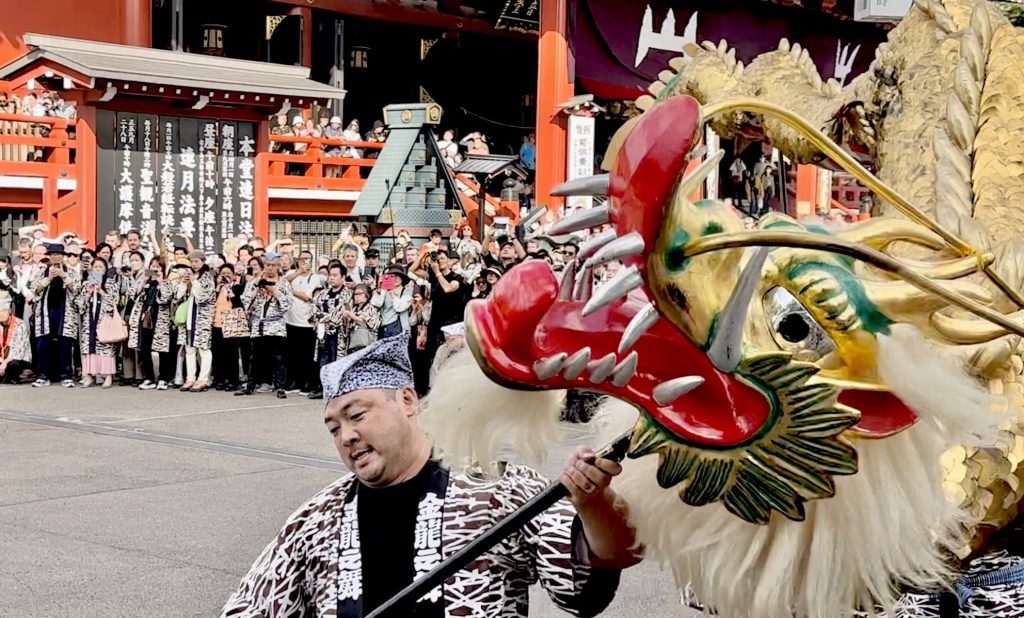
Asakusa Temple Golden Dragon Dance Festival | Tokyo
The official name of Sensoji Temple comes from the Golden Dragon Mountain, and it is called "Golden Dragon Mountain Sensoji Temple", and the name "Golden Dragon Dance" comes from the name of this mountain. "Golden Dragon Dance" is a dance that started in 1958 to commemorate the reconstruction of the main hall of Sensoji Temple, Kannon Hall. This dance is based on the story of Guanyin Bodhisattva enshrined in Sensoji Temple. According to legend, she appeared as a golden dragon that descended from the sky, and overnight she created a thousand pine trees that symbolize a good harvest.
The 18-meter-long, 88-kilogram shining golden dragon dances gorgeously to the music of the celebration, and this scene is absolutely impressive.
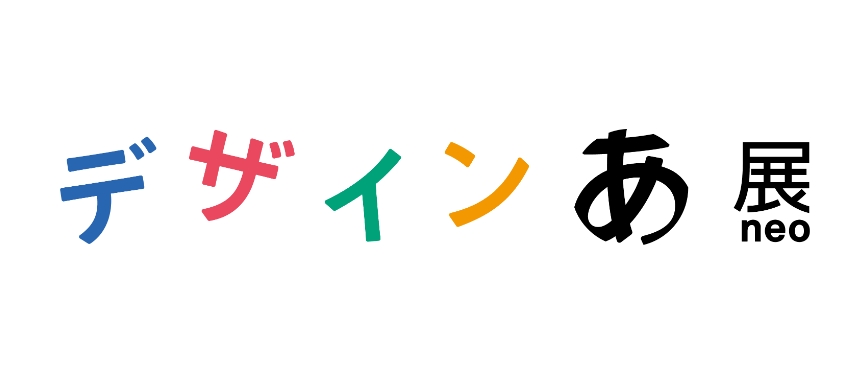
Design Neo | Tokyo
"Design Ah! Neo" is an exhibition that expands the concept of the program "Design Ah! Neo" currently airing on NHK Educational TV into an experiential space. It has been held as a "Design Ah! Exhibition" at 21_21 DESIGN SIGHT in 2013, and at six museums across the country, including the Miraikan, the National Museum of Emerging Science and Innovation, and the Toyama Prefectural Museum of Art from 2018 to 2021. The third "Design Ah! Neo" exhibition will exhibit new works with new themes, while retaining the concept of encouraging children to enjoy various thoughts and discoveries about design.
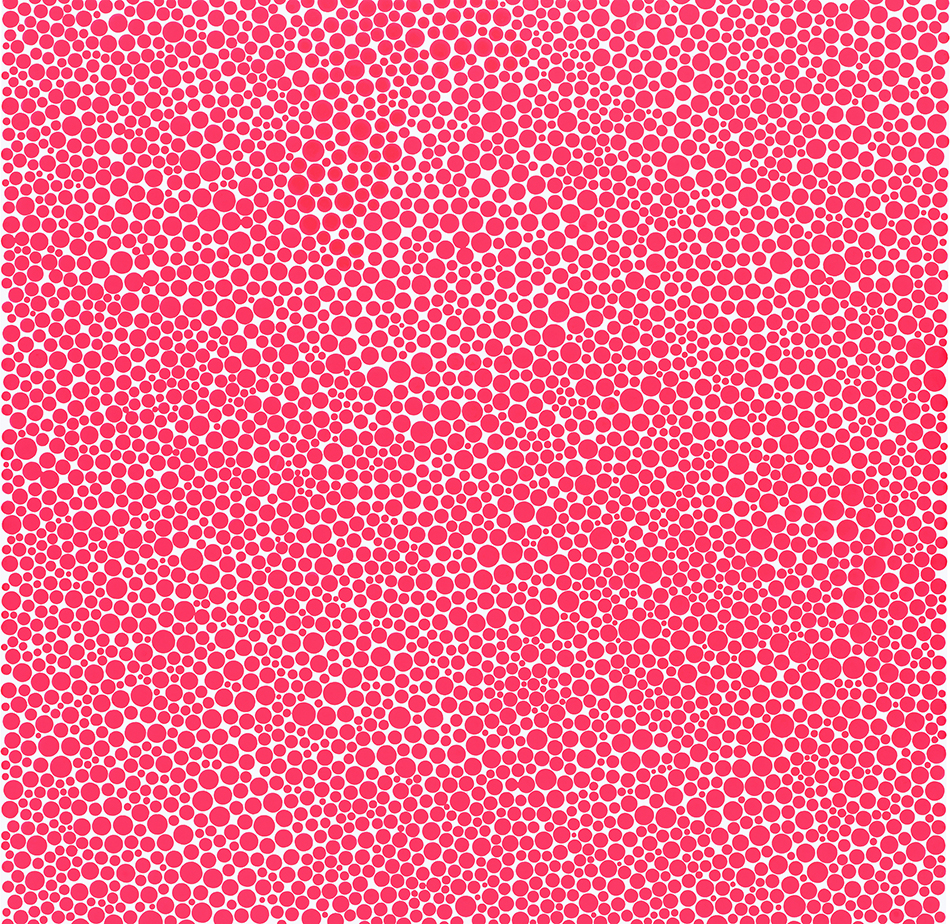
Reverberation from the Universe | Yayoi Kusama Museum
From a young age, Kusama has suffered from visual and auditory hallucinations. Her mental health condition has had a tremendous impact on the artist’s creative activities. In the 1950s, driven by her own obsessions, Kusama created an enormous number of drawings, resulting in an opportunity to make her breakthrough as an artist. After relocating to the United States in 1957, the artist began to create a series of works that could be described as ritual of “self-obliteration,” where all existence is engulfed in infinitely repetitive patterns such as polka dots and nets while the self is immersed into a boundless world. These works express a desire for salvation from psychological disorders and simultaneously reflect her intention to liberate society from absurd oppression through happenings and other forms of expression.
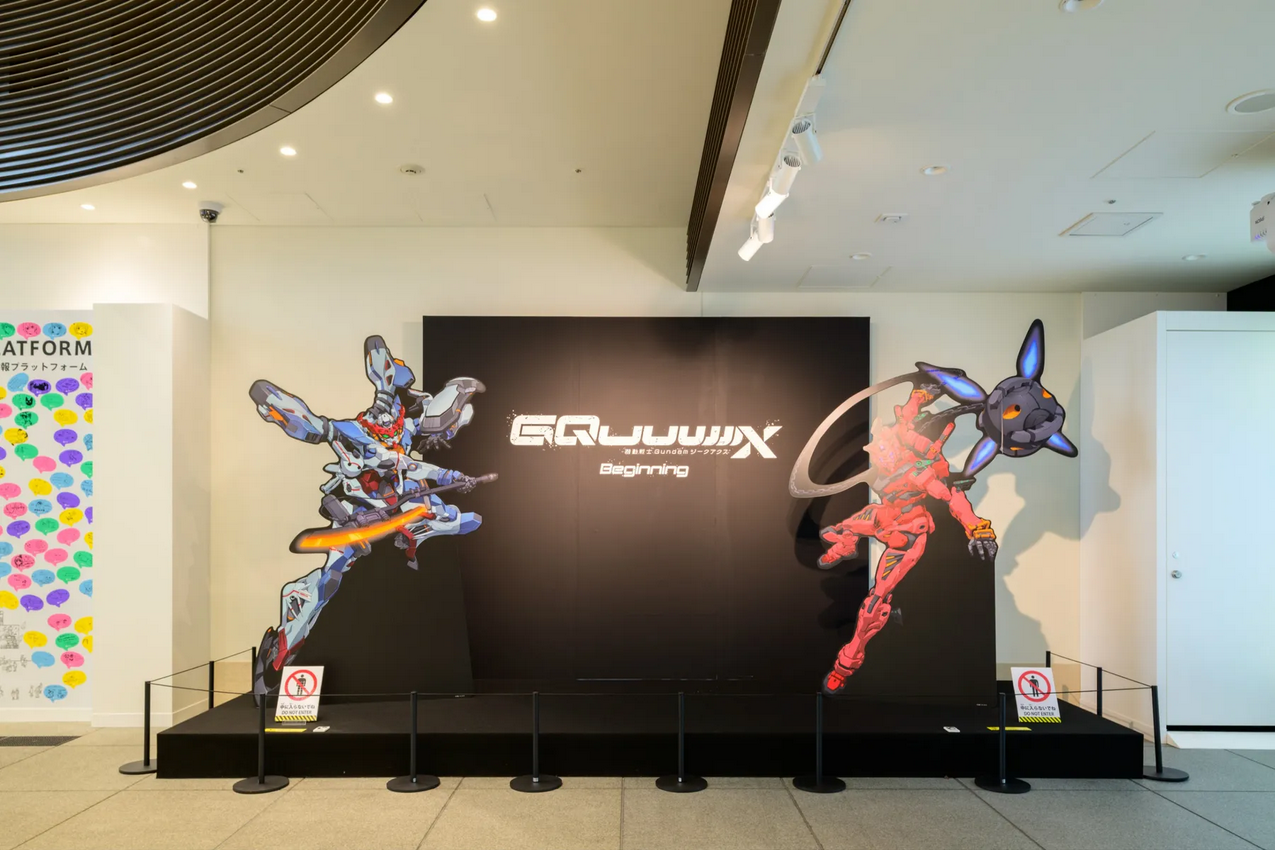
"Mobile Suit Gundam GQuuuuuuX -Beginning-" Special Exhibition | Tokyo
A special exhibition of the latest Gundam series, which is also a hot topic for its TV broadcast!
Anime Tokyo Station, an exhibition center for anime that utilizes Japanese anime content with a strong fan base around the world, is holding a special exhibition of the theatrical advance version of "Mobile Suit Gundam GQuuuuuX (Gi-Q Axe) -Beginning-".
This work is the latest Gundam series work directed by Kazuya Tsurumaki, which attracted a lot of attention as it was the first collaboration between Studio Khara, the creator of the "Evangelion" series, and Sunrise, the creator of the Gundam series. The theatrical advance version, which was screened ahead of the TV series broadcast, with some episodes reconstructed, was very popular and continues to attract attention even after the anime began broadcasting in April this year.
The special exhibition will feature scene cuts from the theatrical advance version of "Mobile Suit Gundam GQuuuuuX -Beginning-", which was screened ahead of the TV series broadcast, looking back on famous scenes from the work. Other attractions include standees of characters and mobile suits, including the main character Amaterasu Yuzuriha (Machu), a photo spot that recreates scenes from the series, and valuable production materials such as scripts. There is also a corner where you can take AR photos with motifs of characters.
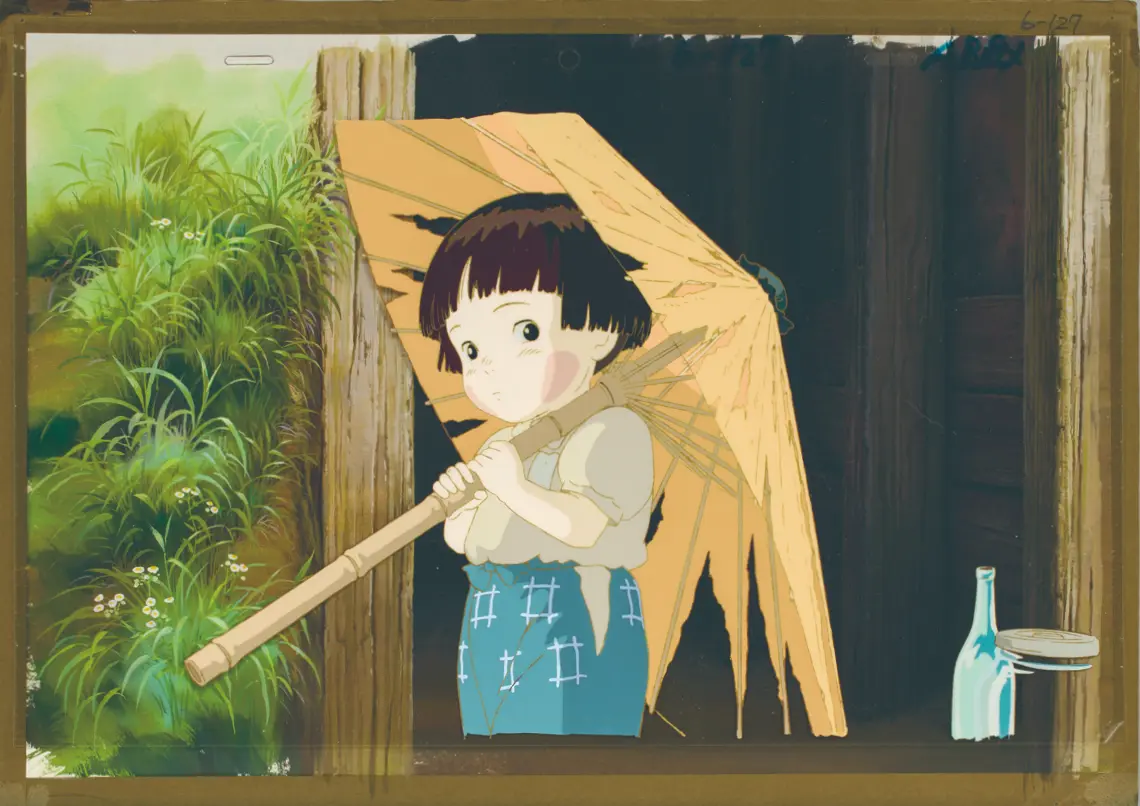
TAKAHATA ISAO EXHIBITION | Tokyo
Japanese animation master Isao Takahata is known as "the man who created Japanese animation"
He redefined the humanistic depth of animation with works such as Grave of the Fireflies, The Tale of Princess Kaguya, and The Legend of the Ancient Swordsman.
This exhibition is held to commemorate the 90th anniversary of Takahata Isao's birth.
Curated and assisted by Studio Ghibli, this is a look back at his artistic career
Through the techniques and concepts that Takahata used in his works before joining Studio Ghibli
and Studio Ghibli films to delve into the essence of animation production
Showing his great contribution to the development of Japanese animation culture
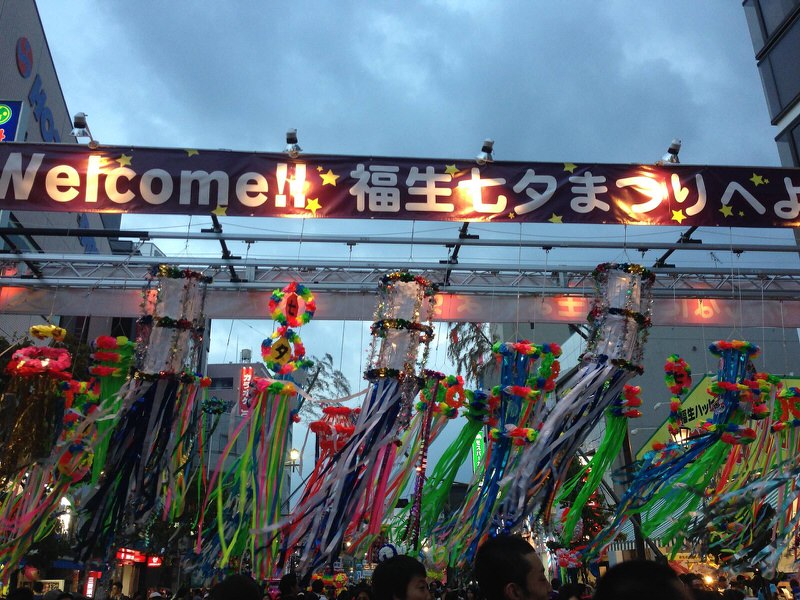
Fussa tanabata matsuri | Fussa
Every August, more than 400,000 people come to participate in the Fussa Tanabata Festival. The Fussa Tanabata Festival originated in 1951 as an activity to revitalize the shopping street, and later gradually evolved into a grand citizen event. Centered around the west exit of Fussa Station, there will not only be Tanabata Weaver Competitions, but also folk dance performances, and various activities to interact with citizens will be held on a special stage set up in the city hall square. There are about 100 citizen stalls on the street, and you can feel the lively atmosphere of the Tanabata Festival just by strolling on the street.
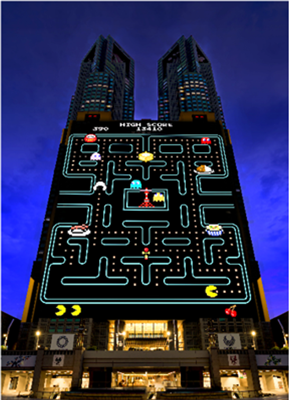
"Pac-Man" TOKYO Night & Light | TMG Building Citizens' Plaza
Tokyo Metropolitan Government has created a new tourist resource for nighttime viewing by using the exterior wall of the Tokyo Metropolitan Government Building No. 1 as a screen to express a variety of art with light and sound, and to perform projection mapping all year round in order to activate and revitalize nighttime tourism.
This time, as the 45th anniversary is approaching next year, the Tokyo Metropolitan Government will begin showing works using the world-famous "Pac-Man".
The game board appears on the outer wall of the Tokyo Metropolitan Government Building, and Pac-Man, who is making a futuristic scene, eats up everything vividly. The music of the game of Pac-Man, which has a futuristic feel, and the music of the highly friendly soundtrack maker Mr. Haraguchi Sasuke have produced. Please enjoy the collaborative work of Pac-Man and Tokyo that can only be seen in the Tokyo Metropolitan Government Building.

| Tokyo
Are you ready for a great party?
Join Kuromi, My Melody and Hapidanbui for an exciting exhibition!
Dive into interactive displays, dance to hit music, and enjoy hands-on fun.
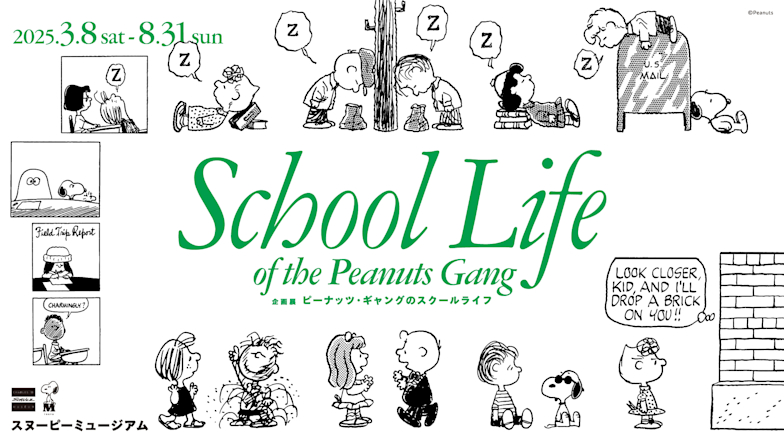
School Life of the Peanuts Gang | Snoopy Museum Tokyo
When Charlie Brown and his sister Sally get on the school bus with their friends and head off to school, various events await them. They meet unique friends and teachers. Classes are conducted day by day, and sometimes there are tense presentations, and as a reward, there are dance events. When they get home, they do their homework, and during summer vacation, they meet new people at summer camp. The school life of the Peanuts gang is a familiar, bittersweet experience. Enjoy school life with the Peanuts gang through about 45 carefully selected comics.
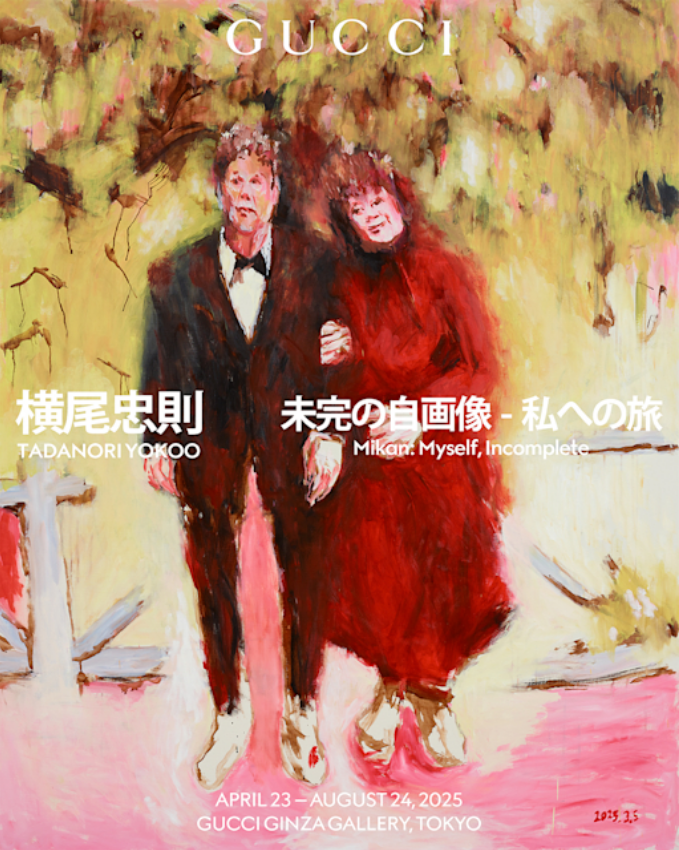
Tadanori Yokoo: ‘Mikan: Myself, Incomplete’ | Tokyo
One of Japan’s most influential and iconoclastic artists, Tadanori Yokoo has spent over six decades reshaping the boundaries of contemporary art. From his bold graphic designs in the 1960s to his later exploration of painting, photography and installation, the Hyogo native’s oeuvre makes for a kaleidoscopic journey across time, culture and personal mythology. His ever-evolving practice is marked by a restless spirit of experimentation and a refusal to settle on a single, ‘complete’ form of expression.
This ongoing journey informs ‘Mikan: Myself, Incomplete’, on display at the Gucci Ginza Gallery until August 24. Offering a glimpse into Yokoo’s inner world, the show brings together around 20 works, including six previously unexhibited new pieces. Ranging from self-portraits to depictions of family, they’re all centred on the theme of incompleteness and the ongoing journey of artistic creation.
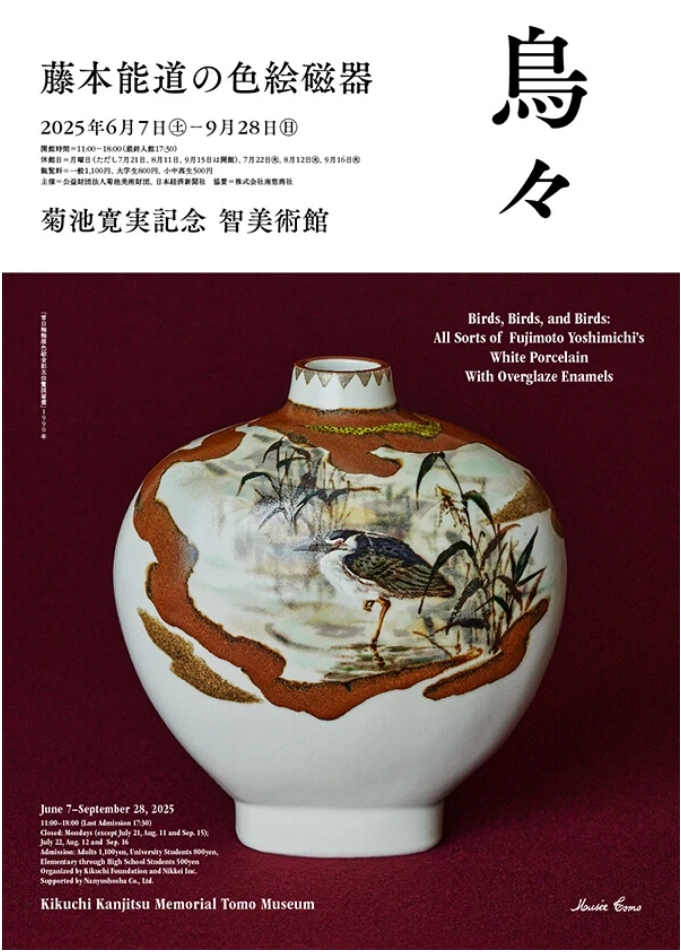
Birds Colored porcelain by Fujimoto Nodo | Kikuchi Kanjitsu Memorial Tomo Museum
Fujimoto Yoshimichi (1919-1992) pursued realistic and deep color paintings, and in 1986 was recognized as a holder of the Important Intangible Cultural Property for colored porcelain. He developed the technique of "Yubyo-kasai" to depict the background, using shades of paint to create a three-dimensional motif and to make it look like it is one with the white porcelain surface. The main motif is a bird. The appeal of colored paintings lies in the layered expression created by overlapping paints and glazes, but by depicting a pale landscape like a watercolor painting under the colored painting of a bird, he created a unique expression that is realistic and spreads into the depths of the vessel, yet also has the abstractness of a ceramic pattern.Fujimoto studied craft design at Tokyo School of Fine Arts (now Tokyo University of the Arts), and after graduating he entered the Ministry of Education's Crafts Technical Training Institute, which was located on the school grounds, to gain practical skills, where he was taught by Tomimoto Kenkichi (1886-1963) and Kato Hashimoe (1900-1968), both of whom would later become Important Intangible Cultural Property Holders for overglaze porcelain. His family had no connection to pottery, and after graduating from the training institute he continued to create his own works while moving around from Tokyo to Gifu, Kyoto, Wakayama, Kagoshima, and other places as Tomimoto's assistant, ceramic designer, and instructor. During his time working at Kyoto City University of Arts (now Kyoto City University of Arts), he participated in the Sodeisha and Modern Art Association, and attracted attention for his ceramic objects, but after becoming an assistant professor at Tokyo University of the Arts in 1962, he gradually began to concentrate on overglaze painting as he created the right environment.This exhibition explores the relationship between the deepening of Fujimoto Noboru's expression and technique through works from the mid-1970s to his final years in 1991, when he developed materials and techniques and worked on colored porcelain.
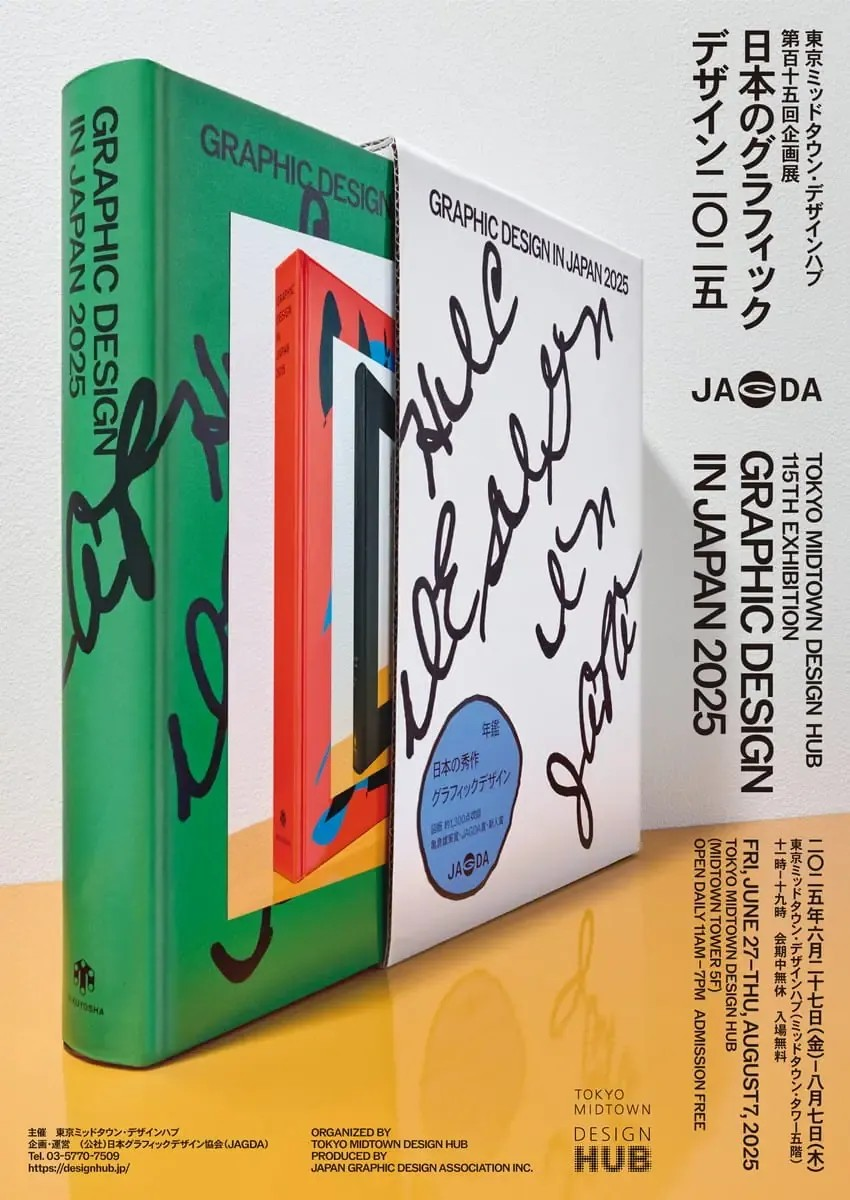
"Japanese Graphic Design 2025" Exhibition | Tokyo Midtown Design Hub
The "Japanese Graphic Design 2025" exhibition selects about 300 works from the yearbook, covering 10 major categories including posters, book binding, product packaging, brand logos, digital media, films, and space design, supplemented by physical exhibits and video materials, to fully present the current creative enthusiasm and professional depth of Japanese graphic design.
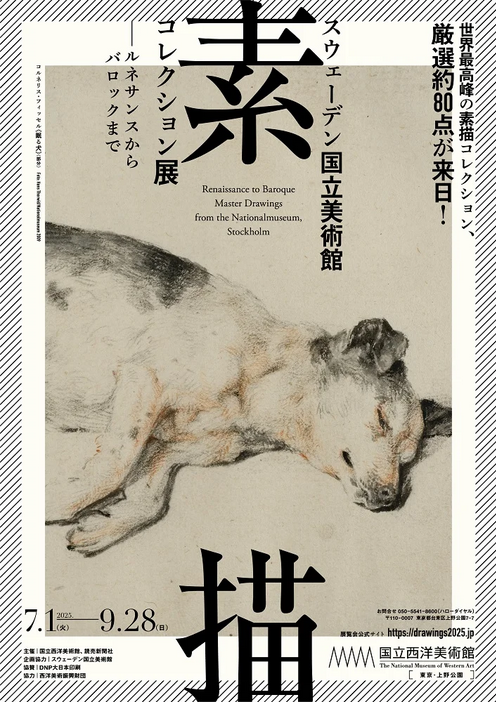
Nationalmuseum of Sweden: Drawing Collection Exhibition - From Renaissance to Baroque | The National Museum of Western Art
The National Museum of Western Art will hold the "Nationalmuseum of Sweden Drawing Collection - From Renaissance to Baroque" exhibition from July 1st to September 28th, 2025.
The Nationalmuseum of Sweden, located in Stockholm, the capital of Sweden, is one of the oldest art museums in the world, based on art collected by the Swedish royal family. In particular, the museum's drawing collection is known for its rich quality and quantity, even on a global scale.
This time, we will hold an exhibition that introduces a selection of masterpieces from the drawing collection, from the Renaissance to the Baroque. Since drawings are easily affected by changes in the environment, light, and vibration, it is usually difficult to exhibit drawings held overseas in Japan, so this will be the first time that the world's best collection of drawings, about 80 pieces, will come to Japan. This exhibition allows you to fully enjoy the charm of drawings, which are filled with all of the artist's skill and imagination, including works by masters such as Dürer, Rubens, and Rembrandt.
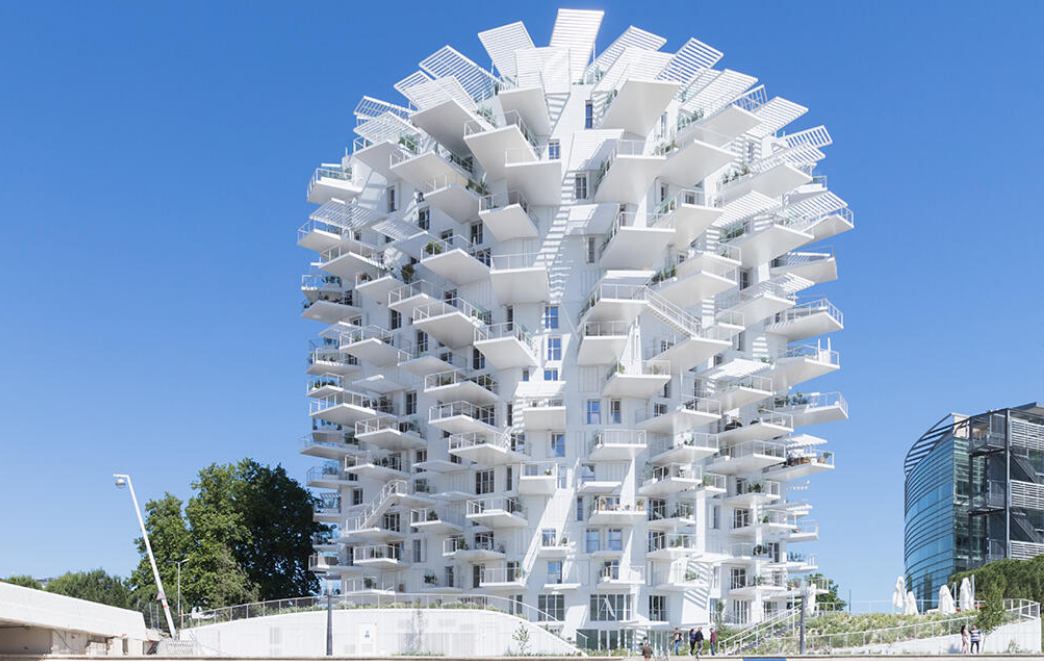
Sou Fujimoto's Architecture: Primitive, Future, Forest | Mori Art Museum
Sou Fujimoto (born 1971 in Hokkaido) has design offices in Tokyo, Paris, and Shenzhen, and is involved in a wide range of projects around the world, from private homes to universities, commercial facilities, hotels, and complexes. After garnering attention with his Aomori Museum of Art Competition in 2000, he has completed a series of highly acclaimed projects, including the Musashino Art University Museum and Library (Tokyo, 2010), the Serpentine Gallery Pavilion 2013 (London), and in recent years the apartment complex L'Arbre Blanc (The White Tree) (Montpellier, France, 2019) and the music complex House of Hungarian Music (Budapest, 2021). He is currently one of the most notable Japanese architects, serving as the venue design producer for the 2025 Osaka-Kansai Expo.

Starry Sky Summer Festival | Tokyo
The Konica Minolta Planetarium TOKYO (Yurakucho) will hold the "Summer Starry Sky Festival", which you can enjoy in the planetarium dome, which is cool even on hot summer days. The starry sky, fireworks, summer festival limited menus, game booths, let you enjoy extraordinary moments that can only be found here.
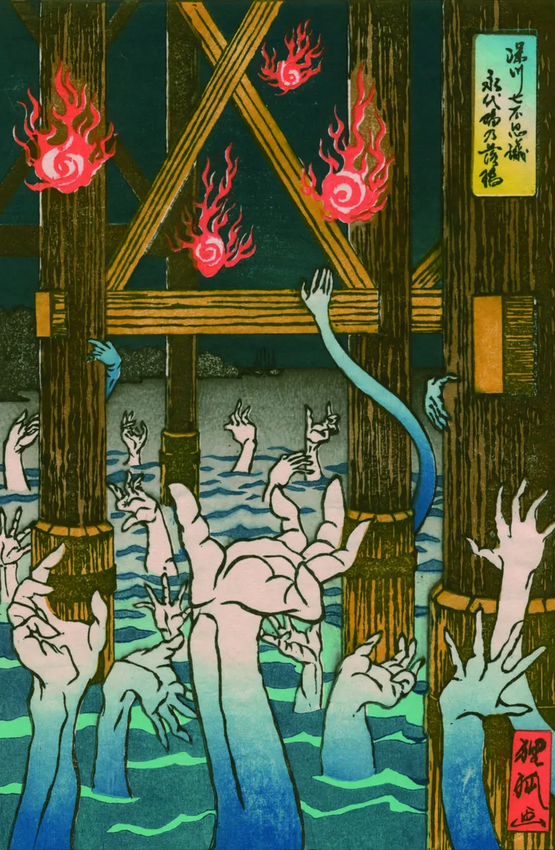
Fukagawa Seven Wonders Ukiyo-e Style Woodblock Print Exhibition | Fukagawa Edo Museum
The Seven Wonders of Fukagawa, a legend of Edo Fukagawa, are depicted in ukiyo-e-style woodblock prints! The darkness of Edo is brought back to life!!
The appeal of the Seven Wonders of Fukagawa is that you can identify the modern geographical place names. It's even more enjoyable when you compare the modern locations with the old maps on display alongside the ukiyo-e-style woodblock prints!
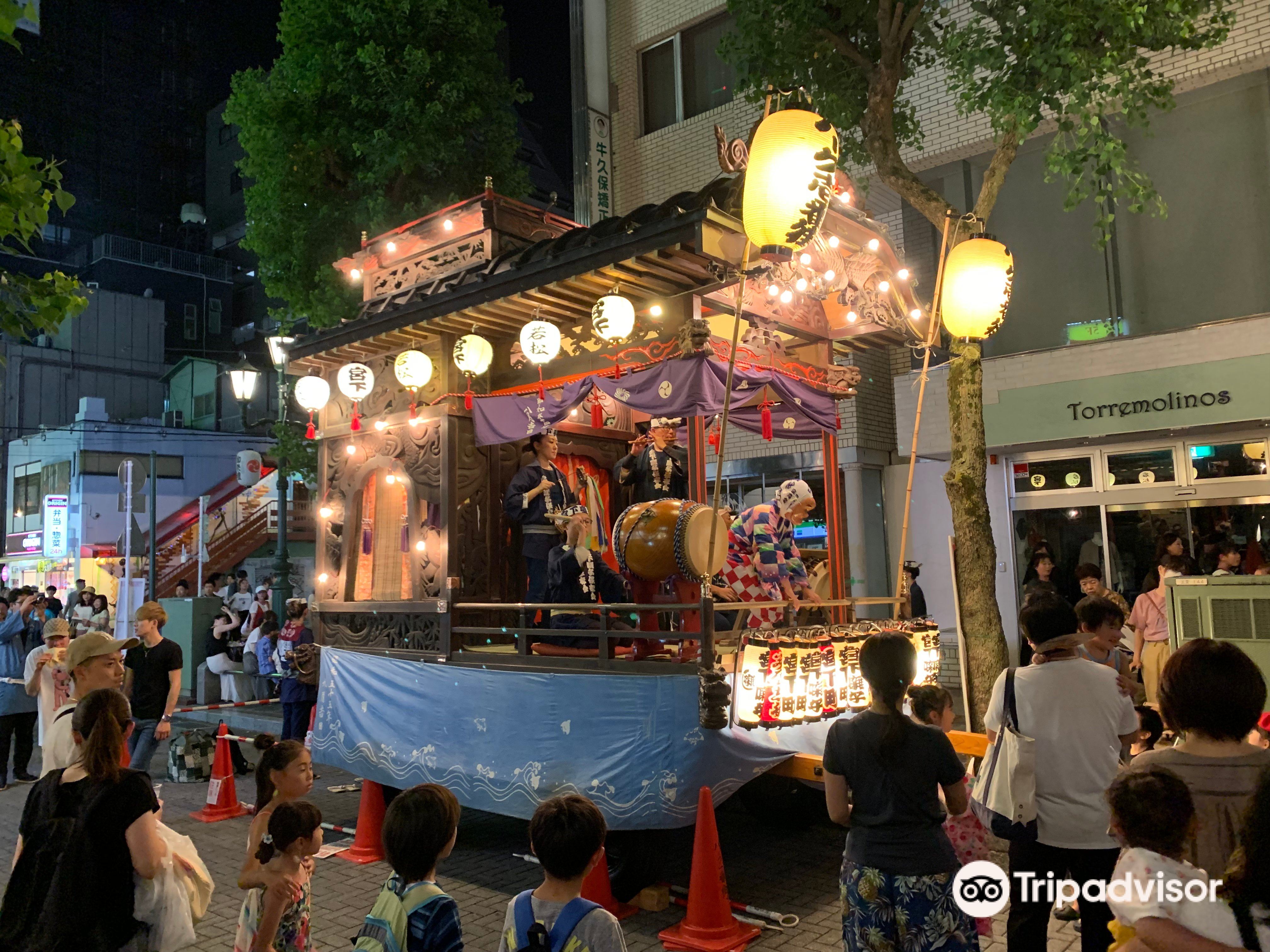
Hachioji Matsuri | Hachioji
Hachioji Matsuri is held in Hachioji City and is one of the larger float festivals, with many floats parading around, as well as Kanto Taiko drums, traditional lion dances, and more.
The Hachioji Matsuri is said to be one of the best float festivals in the Kanto region, with 19 floats decorated with intricate carvings. During the night parade, the floats are illuminated, creating a completely different fantasy scene from the daytime parade, which is worth seeing. Other traditional cultures that Hachioji is proud of include the lion dance, which has been designated as an intangible folk cultural property of Hachioji City and has been passed down at the city's shrines, the Kanto Taiko drum battle that echoes in the summer sky, and the folk dance "Nagashi" where dancers in yukata gather on the streets of Koshu.
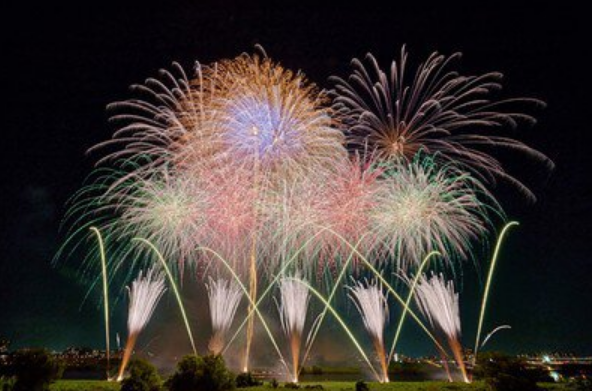
Itabashi Fireworks Festival | Tokyo
The fireworks display is held at the same time as the Todabashi Fireworks Display in Toda City, Saitama Prefecture, across the Arakawa River. This is one of the largest fireworks displays in Tokyo, with about 15,000 fireworks being launched from both sides. In addition to the traditional "artistic fireworks" made by Japan's top fireworks manufacturers, there are also Tokyo's largest "13.5 cm fireworks", and the finale of the wide starry sky fireworks "Niagara in the sky", which are wonderful. Since the launch site is close to the audience seats, the sound of fireworks echoing in the stomach is also a highlight.
The wide-body starlight fireworks that will be set off simultaneously from five locations will be fully upgraded in quality and quantity, and the opening and closing ceremonies will be more shocking. In addition, in 2025, fireworks will be set off to commemorate the 20th anniversary of the establishment of friendly city relations between the city of Bologna and Bologna.

Izu Ōshima Summer Festival | Oshima
This fireworks display is the finale of the Izu Oshima Summer Festival, Izu Oshima's biggest summer event. With the theme of fast-burning fireworks and shining stars, the port is lit up with bright lights, creating a vibrant midsummer night atmosphere. During the festival, the area around Motomachi Port will be transformed into a pedestrian street and a night festival will be held. In addition, there will be a variety of activities such as dance, local performing arts, food stalls and games.
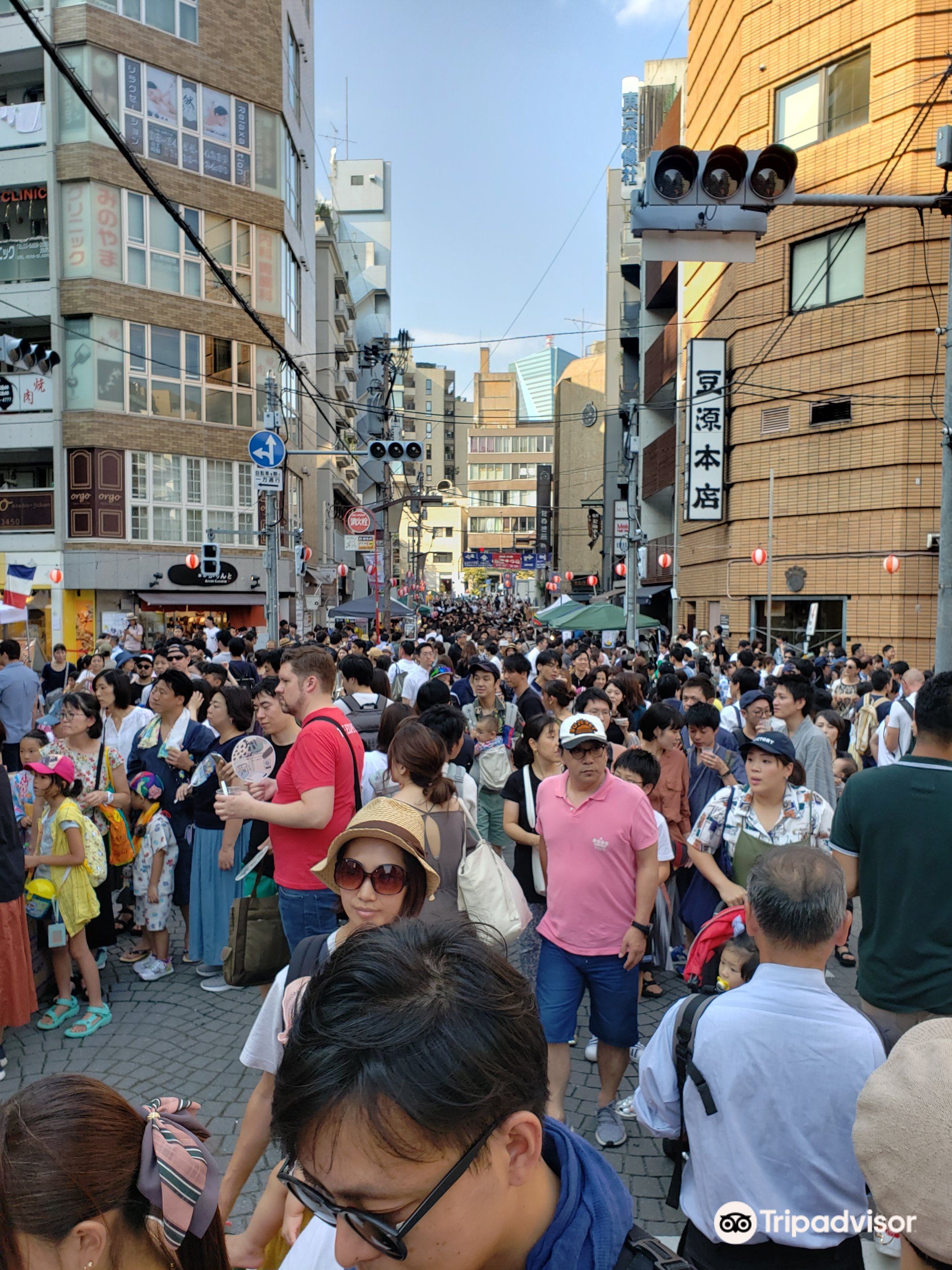
Azabujuban Noryo Matsuri | Tokyo
The 58th Azabu-Juban Summer Festival. The summer festival is inextricably linked to Azabu-Juban and is the area's biggest event.
Azabu-Juban is an international city where modern skyscrapers can be seen above streets that retain the traditional downtown atmosphere. The Azabu-Juban Summer Festival has been held for over 50 years at the Azabu-Juban shopping district that supports the area. During the festival, stalls from long-established and popular restaurants are lined up, and there are many other events to enjoy, such as "Oragakunipride" selling local specialties and delicacies from all over Japan, goldfish scooping and shaved ice, summer comedy performances by popular comedians, and the stage 10BANG. This is a summer festival held by a local shopping district that cherishes the unique atmosphere of Azabu-Juban, where nostalgic atmosphere blends with sophisticated streetscapes.


